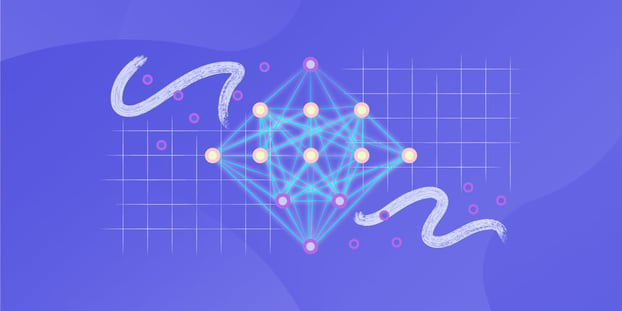Network Management plays a pivotal role in ensuring seamless operations in IT.
It involves the administration and optimization of computer networks to ensure their efficient operation, performance, and security.At the core of this functionality lies the SNMP protocol. But, what is SNMP protocol, and why is it indispensable in the IT landscape?
Let's explore this fundamental concept!
Understanding SNMP Protocol
SNMP protocol, short for Simple Network Management Protocol, is a cornerstone in Network Management, enabling administrators to monitor and manage devices on a network.
But, what is SNMP protocol exactly? It is a standardized protocol facilitating communication between network devices and management systems. With its roots deeply embedded in simplicity, SNMP is the go-to solution for network administrators seeking efficient and effective management.
How does SNMP Protocol work?
To comprehend the functionality of SNMP network protocol, envision a cooperative system where devices (like routers, switches, and servers) act as agents, relaying information to a central management console. SNMP operates through a client-server model, using a set of standard commands to request and receive information. This two-way communication allows administrators to monitor device performance, identify issues, and make informed decisions.
When to use SNMP Protocol?
The versatility of SNMP makes it suitable for a myriad of scenarios. When the need arises for real-time monitoring, fault detection, or even performance optimization, SNMP proves to be an invaluable ally. Its application extends across various domains, from corporate networks to telecommunications infrastructure.
SNMP Protocol in Detail
SNMP Components
Understanding SNMP involves dissecting its components:
- SNMP Managers: These are the centralized systems responsible for collecting and analyzing data from SNMP agents.
- SNMP Agents: Devices on the network that gather and store information about their status.
- MIB (Management Information Base): A hierarchical database containing information organized in a tree-like structure, defining the parameters that can be queried or set.
- SNMP Traps: These are asynchronous notifications sent by SNMP agents to managers, alerting them to specific events or issues.
SNMP Versions
The evolution of SNMP has led to multiple versions, each refining and enhancing the protocol:
- SNMPv1: The initial version focused on basic monitoring and management capabilities. However, its lack of security features raised concerns.
- SNMPv2c (Community): Introduced features like bulk data transfer, but security was still a concern. Community strings were used for authentication.
- SNMPv3: Addressing security flaws, SNMPv3 incorporated robust authentication and encryption mechanisms. It introduced User-based Security Model (USM) and Views for improved control over MIB access.
SNMP Protocol: Why does it matter?
Why should IT professionals prioritize understanding SNMP protocol? The answer lies in its ability to provide a holistic view of network health. SNMP facilitates Proactive Management, preventing issues before they escalate. Its simplicity ensures widespread adoption, making it an industry-standard for network monitoring.
Benefits of SNMP Protocol
- Efficiency: SNMP minimizes the bandwidth required for monitoring, ensuring efficient network utilization.
- Scalability: As networks grow, SNMP adapts seamlessly, maintaining its effectiveness.
- Standardization: The protocol's standardization fosters interoperability among diverse network devices.
Responsibility in businesses
In a business setting, the responsibility for SNMP protocol implementation and management often falls under the purview of the IT department. Network administrators and IT managers are key players in ensuring the seamless integration and optimal functioning of SNMP within the organization.
Conclusion
In conclusion, SNMP protocol stands as the linchpin of effective network management. As technology advances, its relevance continues to grow. For IT professionals, grasping the nuances of SNMP is not just an option—it's a necessity.















